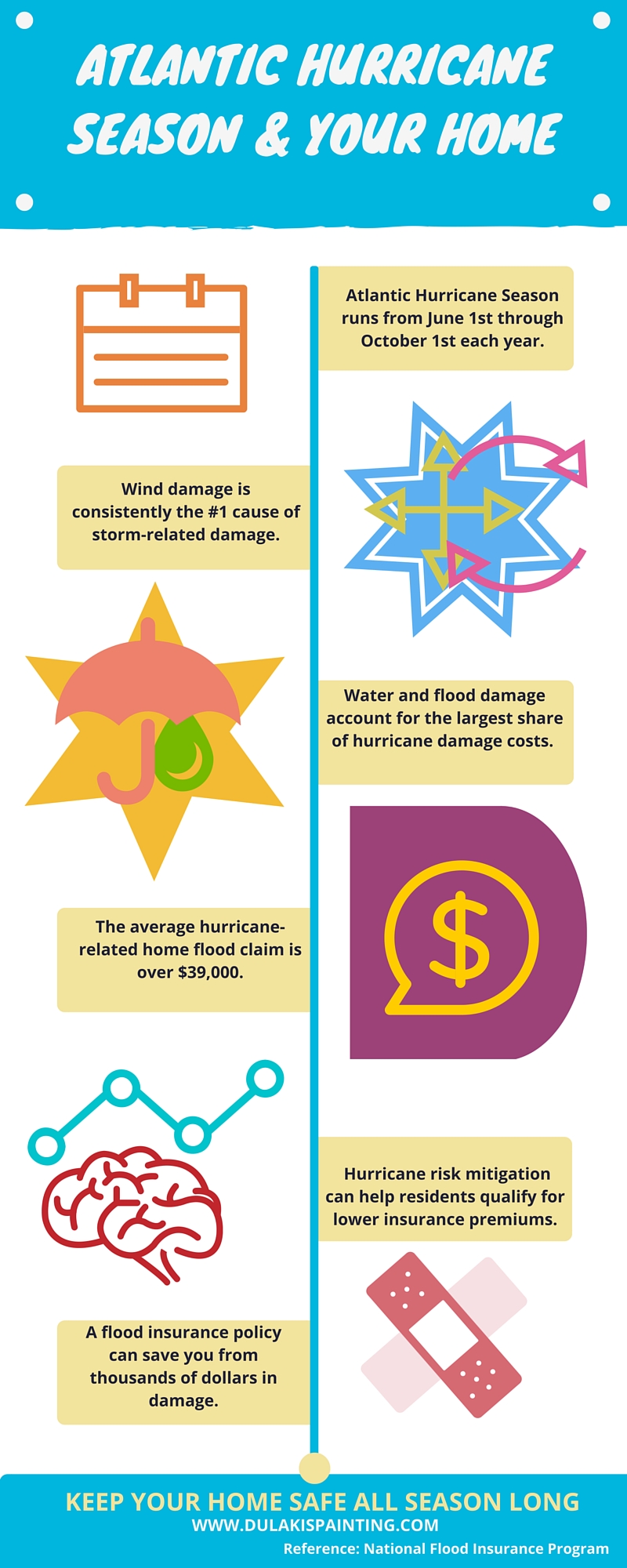Find Out About The Ways In Which Seasonal Variables Can Impact The Success Of Industrial Outside Painting And Determine The Very Best Times To Attain Enduring Outcomes For Your Job
Find Out About The Ways In Which Seasonal Variables Can Impact The Success Of Industrial Outside Painting And Determine The Very Best Times To Attain Enduring Outcomes For Your Job
Blog Article
Short Article By-Korsholm Skafte
When you're preparing a commercial external paint job, seasonal factors can make or damage your results. You'll want to think about exactly how temperature and humidity effect paint application and drying times. Selecting the right period can guarantee your paint adheres effectively and lasts much longer. Yet which periods are genuinely the most effective for this kind of job? Allow's discover the crucial elements that can affect your project's success.
The Impact of Temperature Level on Paint Application
When you're intending a commercial external paint task, the temperature level can dramatically impact exactly how well the paint sticks and dries out.
Preferably, you intend to repaint when temperature levels range between 50 ° F and 85 ° F. If it's too chilly, the paint may not treat appropriately, causing concerns like peeling off or cracking.
On the other side, if it's also warm, the paint can dry as well swiftly, avoiding appropriate adhesion and leading to an unequal finish.
You should likewise think about the time of day; morning or late afternoon supplies cooler temperature levels, which can be more positive.
Constantly check the manufacturer's recommendations for the details paint you're using, as they often provide advice on the excellent temperature array for optimal outcomes.
Humidity and Its Effect on Drying Times
Temperature level isn't the only ecological factor that affects your commercial exterior painting job; humidity plays a substantial function too. High humidity degrees can slow down drying out times considerably, influencing the total top quality of your paint task.
When the air is filled with wetness, the paint takes longer to treat, which can cause issues like poor bond and a higher danger of mold growth. If you're repainting on a specifically damp day, be prepared for extensive wait times in between coats.
It's vital to check regional weather conditions and plan accordingly. Ideally, simply click the up coming article for humidity degrees in between 40% and 70% for ideal drying out.
Maintaining these consider mind ensures your job stays on track and supplies a lasting finish.
Best Seasons for Commercial Exterior Paint Projects
What's the best time of year for your industrial outside paint tasks?
Springtime and very early loss are generally your best bets. Throughout https://commercial-painters-near97653.develop-blog.com/42772270/residential-painters-transform-your-home-s-appearance-making-use-of-proficient-techniques , temperatures are mild, and humidity degrees are often lower, producing ideal problems for paint application and drying.
Avoid summer season's intense heat, which can cause paint to completely dry also promptly, leading to inadequate adhesion and finish. In a similar way, winter months's chilly temperatures can hinder proper drying out and healing, risking the durability of your paint task.
Go for days with temperature levels in between 50 ° F and 85 ° F for ideal outcomes. Keep in mind to examine the local weather forecast for rain, as wet problems can spoil your job.
Preparation around these elements ensures your painting project runs smoothly and lasts much longer.
Conclusion
In conclusion, planning your industrial external painting tasks around seasonal considerations can make a substantial difference in the result. By scheduling job throughout the excellent temperatures and moisture levels, you'll guarantee much better bond and drying times. Remember to watch on local weather report and pick the right time of year-- springtime and early fall are your best bets. Taking these actions will help you accomplish a resilient and expert surface that lasts.
